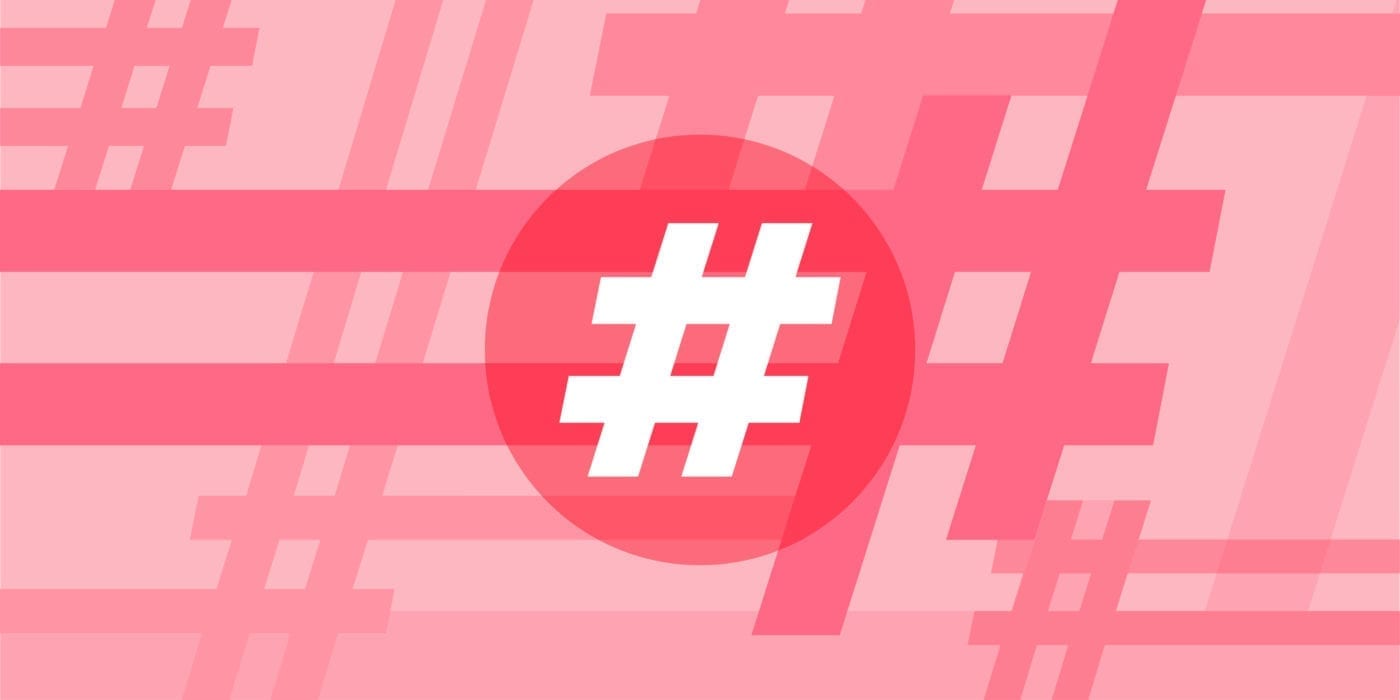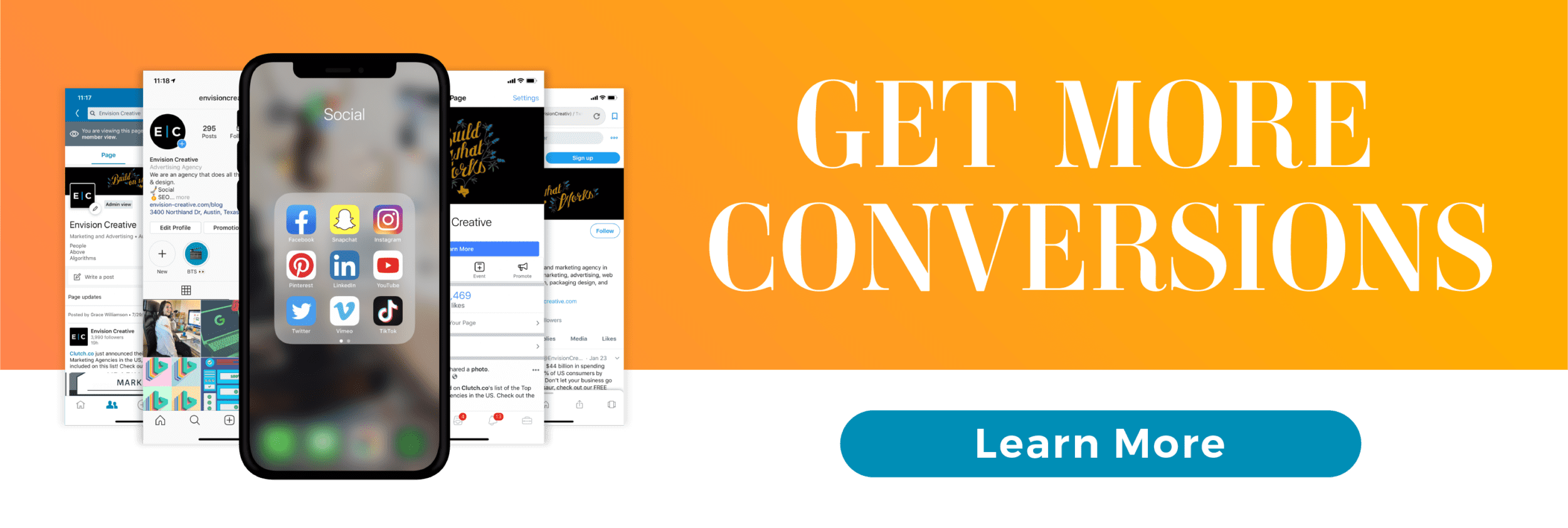Hashtags. We hear about them so often, they’ve become synonymous with social media. Since their inception, hashtags have been changing the way we communicate and discover new users and products on social media.
While that’s all fine and good, marketers are tasked with making sense of it all, how hashtags can be used to leverage marketing efforts, and, above all, how and where they are to be used in the best way possible. Let’s break this down…
What are hashtags?
The easiest way to understand hashtags is to think of them as keywords. They allow marketers and social media users alike to break through all of the millions of conversations happening on social platforms to reach users who are interested in the exact topic they’re searching for.
For example, if you were looking on Twitter to see what people are tweeting about the Oscars, you’d simply go up to the search bar and type out #Oscars and have an up-to-date timeline of the Oscar discussion happening on Twitter.
Similarly, a swimwear e-commerce brand like Summersalt could use hashtags like #swimsuit or #newbikini to continuously be apart of conversations surrounding their industry.
While this works for some social networks, not all platforms are hashtag-friendly.
When to use hashtags?
As we said, hashtags are a great way to cut through the noise on social media and get straight to what you’re interested in seeing, but just not on every platform. Instagram, Twitter, and LinkedIn reign supreme when it comes to using hashtags as a resource.
Let’s break down how they’re used by channel.
While Instagram and Facebook are often lumped into one entity as a platform, Facebook and Instagram’s use of hashtags vary dramatically. Overall, there’s a lot of ambiguity when it comes to using hashtags on Facebook (in fact, Facebook hasn’t updated its own hashtag usage protocol sine 2016). Since there’s little chance of discovery via hashtags on Facebook, and hashtags don’t trend on Facebook, our recommendation is to keep the use to a minimum or to simply not use them on Facebook at all.
Fun fact: the first hashtag ever used came from Twitter!
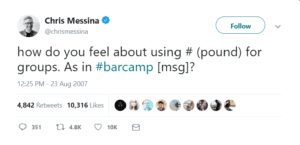
Straight from the mouth of Twitter, “A hashtag—written with a # symbol—is used to index keywords or topics on Twitter. This function was created on Twitter, and allows people to easily follow topics they are interested in*.”
Basically, hashtags are a great way to build your following through discovery, but best practice for Twitter would recommend that you keep the hashtag use per tweet to a minimum (no more than two per tweet).
Using trending tags is another great way to get in on popular online conversations, but make sure that your tweet is relevant – or face the wrath of Twitter trolls.
To use them or not to use them…that is the question.
The answer: Use them, but use them correctly.
Hashtags on Instagram act similarly to tagged phrases, and best practices for Instagram encourage much higher hashtag usage per post than Twitter.
Our recommendation for Instagram is to find 15-30 relevant hashtags ( Instagram caps your usage at 30) to your business, brand, /service, or whatever it is that you’re promoting and to slide that list into the first comment of your Instagram post. That way, you can still show up on the trending page of Instagram, without your hashtags coming across as a spammy mess.
We’d also recommend scheduling your Instagram content through a social media planner that allows you to post your first comment automatically. A tool like Buffer allows you to not only schedule your posts with the first comment included, but you can also pre-create blocks of hashtag groupings that go along with your Instagram posting cadence.
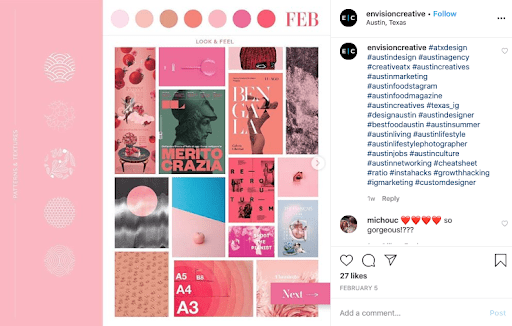
Hashtag’s best practices for LinkedIn are a cross between Twitter and Instagram.
LinkedIn states that “Hashtags on LinkedIn help you discover and participate in the topics and interests most relevant to you. All hashtags start with a # sign, followed by a keyword or phrase. Some examples of hashtags include: #Productivity, #Careers, or #SocialEntrepreneurship.”
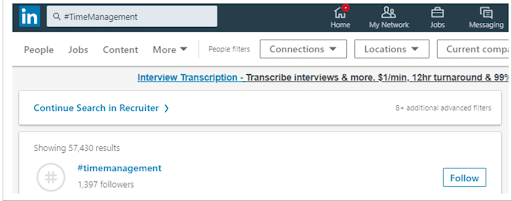
In short, hashtags can be used in order to keep up with trending topics, while also allowing users and businesses the ability to be discovered in a similar manner to Instagram. In fact, you can even attribute specific hashtags to your business page on LinkedIn to increase your visibility amidst the #discoveryprocess.
How to execute hashtags?
Not all hashtags are created equal. Depending on your platform, hashtags can go through moments of trending, or they can just be high-ranking due to how often they are used.
We’ve discussed previously that hashtag best practice is dependent on the platform. However, there are some general rules you can follow to make sure that you’re making the most out of your #strategy.
Rule #1. Make sure that you aren’t just using a hashtag to use a hashtag (this is especially true for Instagram!!!)
Yes, they are a great way to engage and be discovered. That doesn’t mean you should throw high-ranking hashtags or trending hashtags into every tweet or post you make. Relevance plays a huge part in how you rank on Instagram and Twitter feeds via algorithms.
If you try to include irrelevant ones in your posts to try and rank, the posts will likely get little to no engagement, and your page will suffer as a result.
Rule #2. Follow the best practices outlined by each platform.
If Twitter recommends 1-2 hashtags per post, try to aim for 1-2 hashtags per post. The guidelines are there for a reason, and that reason is to make sure that your posts go as far as they possibly can. It may be tempting to hashtag stuff but to put it simply: don’t do it.
Other than that, they are a great way to experiment, have fun, and give your brand the opportunity to communicate its personality in a discoverable way. Use care, do your research, and your organic social posts will reap the benefits of a solid hashtag strategy! If this post was helpful please make sure to tag us and use our very own #EnvisionCreative in your post 🙂
-FINAL(01-00)-White&Blue-01.svg)
